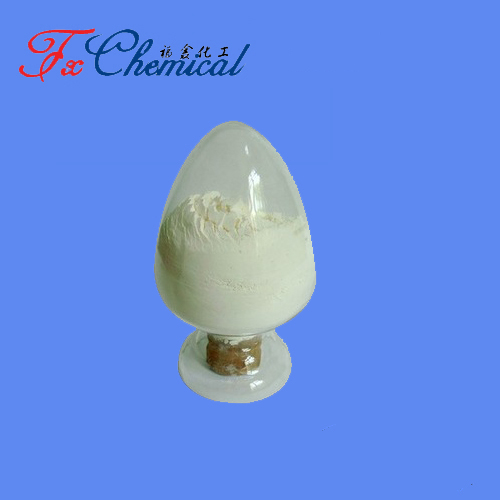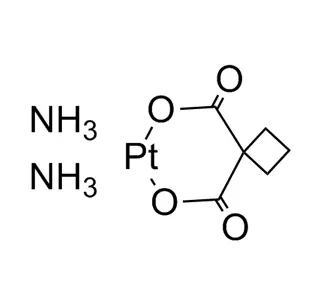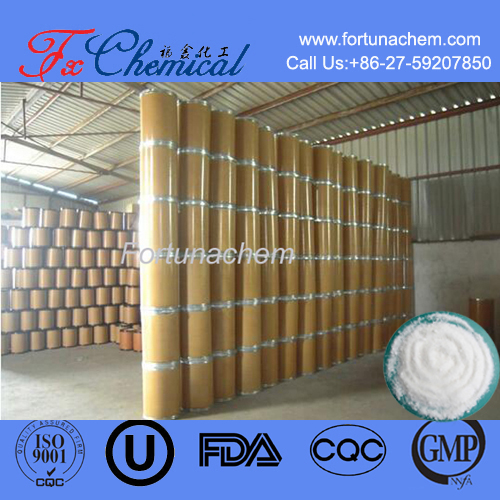
Search

Search

Sucrose CAS 57-50-1 is an extremely common sweetener in our daily lives. As a disaccharide, sucrose is formed by the condensation reaction of one glucose molecule and one fructose molecule, with the chemical formula C12H22O11. This article will delve into the basic properties, main uses, and safety of sucrose, revealing its wide application in modern food and its health impacts.
Sucrose CAS 57-50-1 is mainly derived from sugarcane and sugar beets, processed into white or brown sugar through extraction, clarification, concentration, and crystallization. Sucrose can effectively increase the sweetness of food and improve its color, texture, and flavor. Its high solubility in water increases with temperature, a property that is fundamental in the production of candy and rock sugar. Completely dissolving sucrose at high temperatures followed by rapid cooling will allow it to crystallize into candy or rock sugar, fully utilizing Sucrose CAS 57-50-1's physical characteristics.
Additionally, Sucrose CAS 57-50-1 can be converted into other products. Under acidic, alkaline conditions, or in the presence of invertase, sucrose undergoes hydrolysis to produce glucose and fructose. This invert sugar is more easily absorbed by the human body and more active in fermentation processes. Therefore, invert sugar is often used as a raw material in bread, wines, vinegars, and other foods, replacing sucrose to enhance fermentation effects and improve taste.
Sucrose CAS 57-50-1 is a sweetener that has been widely used and studied, with its safety confirmed. In the 1980s, the U.S. Food and Drug Administration (FDA) organized experts to conduct a three-year study on the safety and nutritional value of sucrose, concluding that sucrose is a safe food. According to these studies, sucrose has no adverse side effects on human health. Specific conclusions include:
Diabetes and sucrose relationship
Sucrose CAS 57-50-1 does not directly cause diabetes, heart disease, hypertension, or cancer.
Weight management
Sucrose intake does not lead to obesity, and there is no direct link between the calorie intake from sucrose and weight gain.
Other health impacts
Sucrose is not associated with gallstones, children's hyperactivity, or other health issues.
Nutrient absorption
Intake of sucrose does not hinder the absorption of essential nutrients by the body, maintaining nutritional balance.
When producing and using Sucrose CAS 57-50-1 , certain precautions should be followed to ensure its quality and safety:
Refining process
The production of sucrose involves complex extraction and refining processes, which need strict control of each step to ensure the purity and quality of the final product.
Storage conditions
Sucrose should be stored in a dry, cool environment to prevent moisture absorption and spoilage. Sealed packaging can effectively avoid external contamination and moisture intrusion.
Food applications
In food processing, sucrose can combine with amino acids or proteins through the Maillard reaction, generating various pigments, aromas, and flavors substances used to enhance the taste and appearance of food.

Quick Links
Add:
E-mail:
 English
English  Español
Español  français
français  العربية
العربية 


